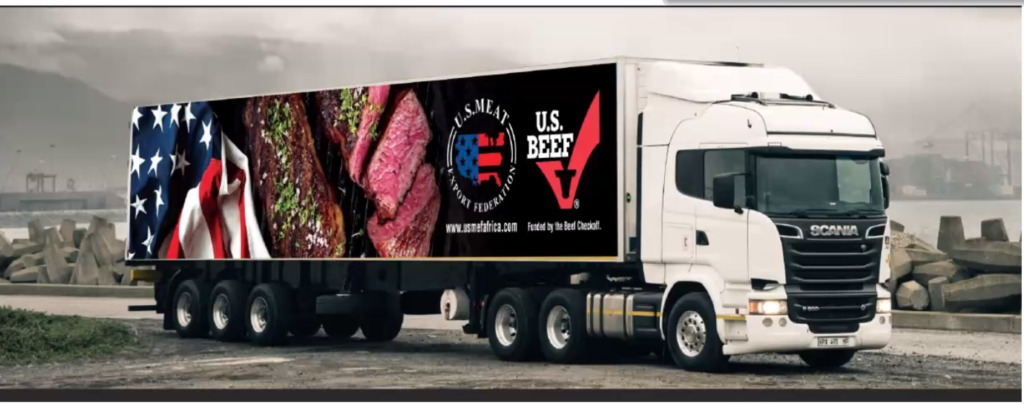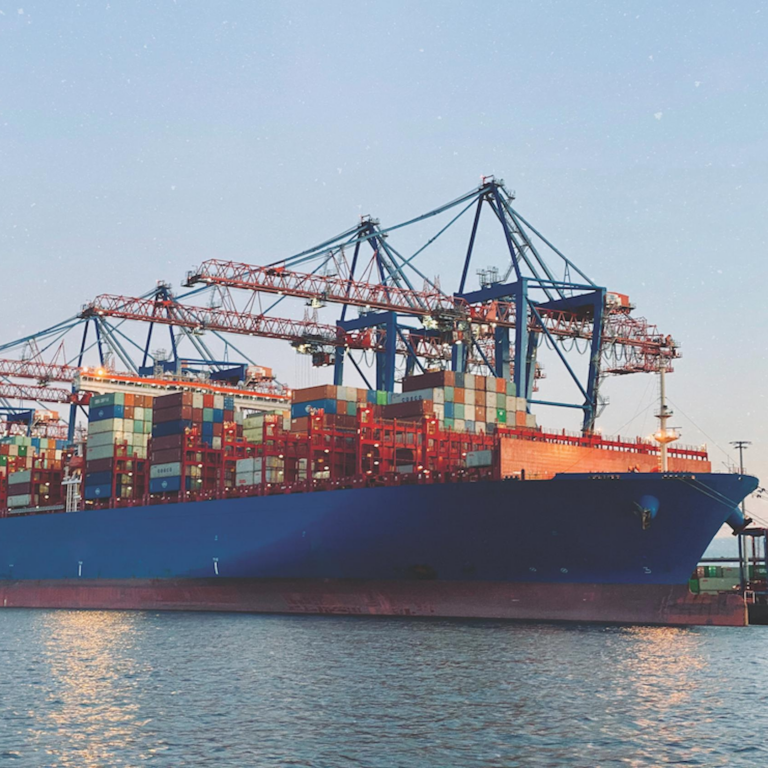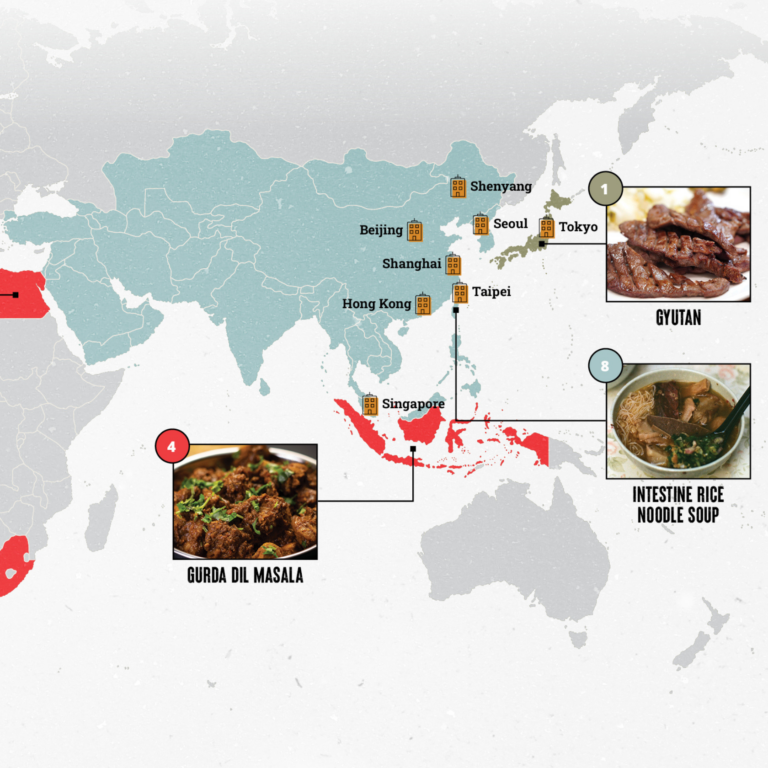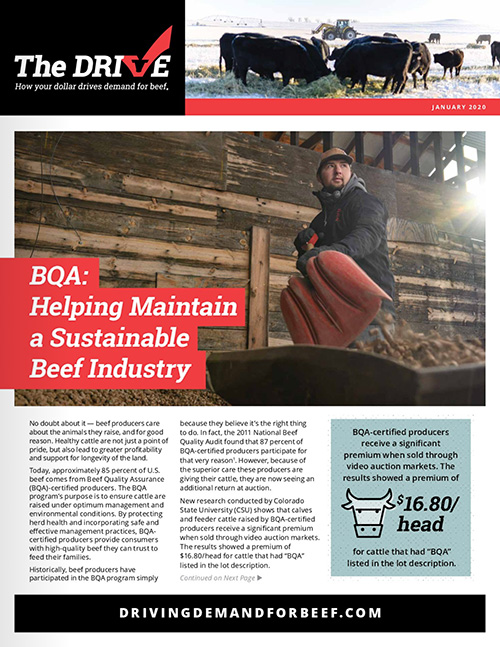An Emerging Market: How USMEF Fosters Beef Demand In Africa
U.S. Meat Export Federation (USMEF), a contractor to the Beef Checkoff, aims to keep beef top of mind and on the plates of international consumers through Checkoff-funded programs. These programs are executed in different global markets – like Africa. In 2020, U.S. beef exports to Africa increased 25 percent, totaling $22.1 million. Due in part to successful Checkoff efforts, here’s how the beef market is booming in Africa.
Beef variety meats account for the bulk of beef exports to the region. South Africa specifically is the second-largest export destination for U.S. beef livers and was the largest buyer of U.S. beef kidneys in 2018 and 2019. USMEF’s regional representative in South Africa, Matt Copeland, joined the USMEF team in October 2019 and quickly hit the ground running with new efforts and initiatives.
He and USMEF are working in targeted markets in the region to build awareness and develop demand for specific products, and introduce buyers to beef’s quality attributes.
Through regional economic development, demand for higher-quality protein from the retail and hotel, restaurant and institutional (HRI) sectors is expected to grow. Presently, USMEF’s market development focus is on South Africa, but the organization is actively assessing and developing opportunities in Mozambique, Swaziland, Angola, Ghana, Gabon, Ivory Coast and Morocco.
“There is tremendous upside for high-quality, grain-fed U.S. beef,” Copeland says.
Africa provides an inexpensive backgrounding environment for cattle, but feed inputs and production practices are focused on reducing costs. As a result, the end-product is very lean compared with highly marbled muscle cuts from the U.S. “Consumers have had very little exposure to high-quality beef,” he adds.
 To deliver the high-quality protein consumers want, Copeland is working aggressively to expand the number of importers and distributors in the region who purchase U.S. beef. Also, Copeland is executing efforts to introduce beef to the retail and HRI sectors in South Africa. One of these efforts was a brochure outlining the quality attributes of beef liver in the Zulu language, and it was translated into French for use in Morocco. USMEF also plans to print the brochure in the Xhosa language as well.
To deliver the high-quality protein consumers want, Copeland is working aggressively to expand the number of importers and distributors in the region who purchase U.S. beef. Also, Copeland is executing efforts to introduce beef to the retail and HRI sectors in South Africa. One of these efforts was a brochure outlining the quality attributes of beef liver in the Zulu language, and it was translated into French for use in Morocco. USMEF also plans to print the brochure in the Xhosa language as well.
To continue reaching importers and distributors in this emerging market, Copeland is building a digital library of major importers and producing promotional videos that encourage these importers to purchase beef. Another development tactic is the use of a concept kitchen in South Africa for cooking and tasting sessions. The kitchen allows Copeland to demonstrate the quality attributes of beef and directly introduce importers and distributors to retailers.
USMEF is executing efforts in South Africa to increase awareness and introduce beef to consumers in the retail sector. To support retailers during the pandemic, USMEF provided branded hand sanitizers on behalf of the U.S. beef industry to 60 stores, spreading positive beef messaging to potential beef customers. Also, USMEF conducted retail promotions and executed advertising on delivery trucks in Johannesburg.
One thing is for sure – the pandemic has accelerated the implementation of digital solutions around the world. Like Africa, new channels are appearing for beef in emerging markets, and USMEF’s global, in-person infrastructure will continue identifying and assessing these opportunities to drive demand for beef.
The Beef Checkoff program was established as part of the 1985 Farm Bill. The checkoff assesses $1 per head on the sale of live domestic and imported cattle, in addition to a comparable assessment on imported beef and beef products. States may retain up to 50 cents on the dollar and forward the other 50 cents per head to the Cattlemen’s Beef Promotion and Research Board, which administers the national checkoff program, subject to USDA approval.


















